
WWS Physical Therapy and Vestibular Rehabilitation
Doylestown, Pennsylvania
Healing, Function, Recovery, Health

I was fortunate enough to be able to attend the Combined Sections Meeting (CSM) in Boston, Massachusetts, last month. CSM is a yearly conference held over multiple days where thousands of physical therapists worldwide meet and share the latest technology and research.
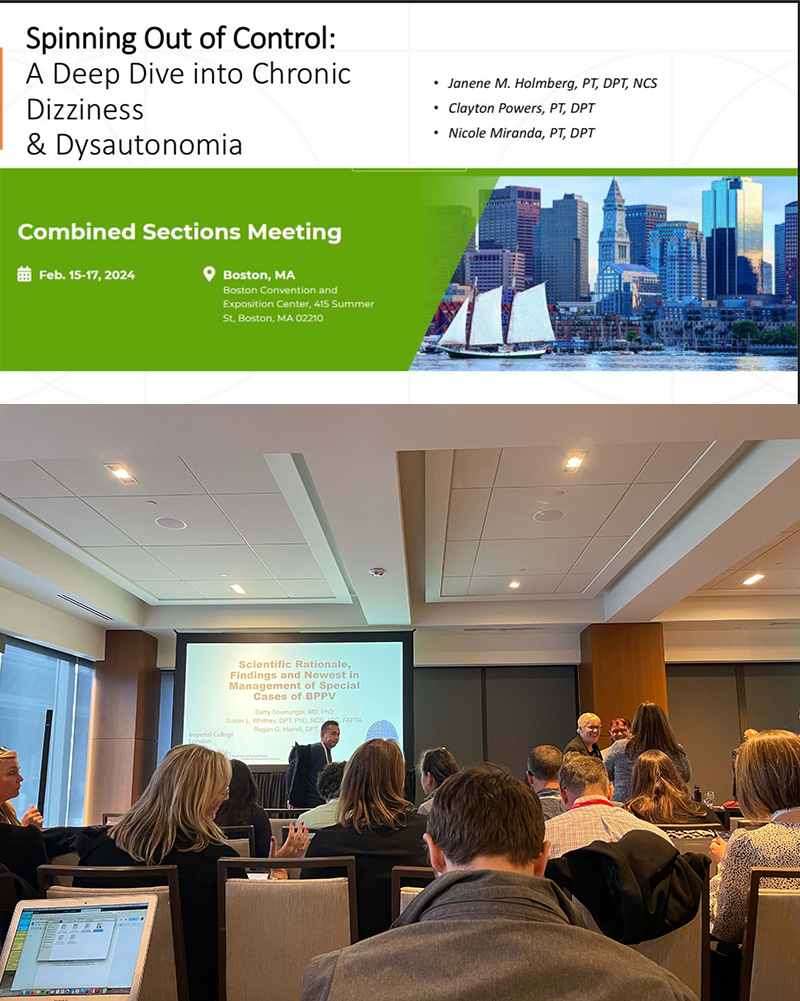
Educational sessions last about two hours each, with endless daily poster presentations. Topics included orthopedics, pelvic floor, acute care, neurology, and vestibular. I attended various vestibular courses over the two days I was there. I sat in lectures held by some of the most innovative heads of the vestibular world, like Dr. Susan Whitney (University of Pittsburgh), Dr. Barry Semongal (Imperial College London), Dr. Janet Helmeinski (Rosalind Franklin University) and Dr. Janene Holmberg (Intermountain Healthcare out of Salt Lake, Utah).
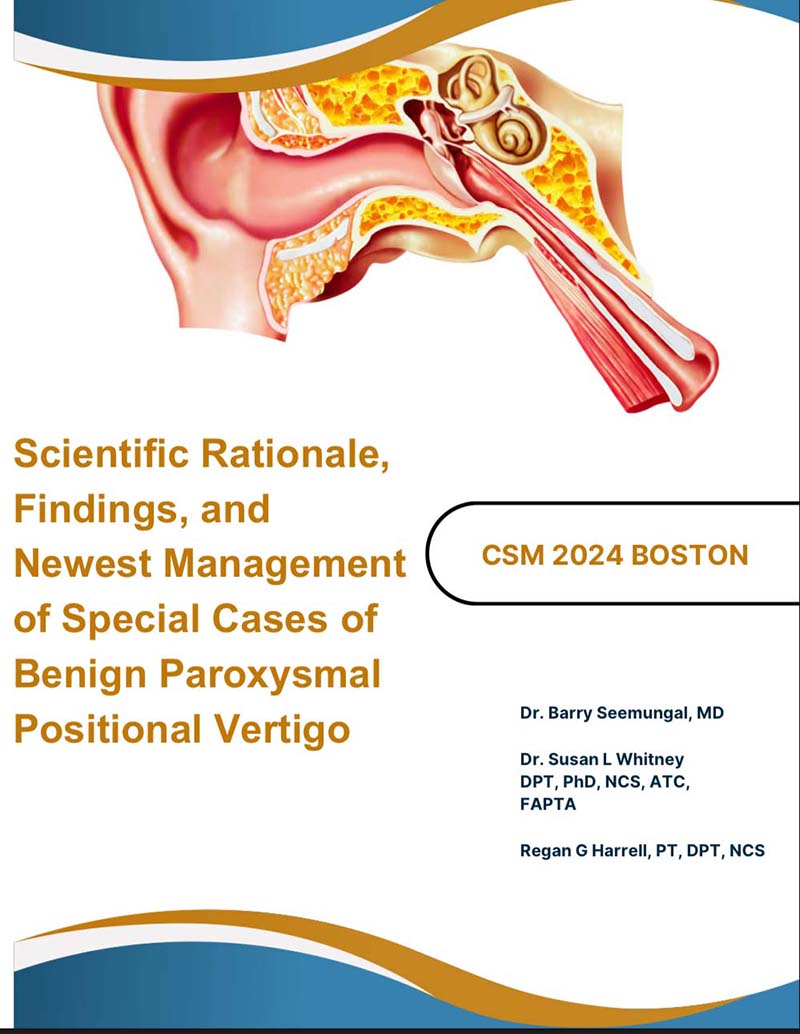
They spoke about various vestibular topics, such as the latest BPPV research, treatment of different types of BPPV, chronic dizziness, and even appropriate treatment for dizziness from long COVID.

I learned so much from this esteemed group and was excited to take the knowledge back to WWSPT, where I can share it with my colleagues and use it to treat my patients.
Dr. Amanda Nguyen, PT, DPT,
WWS Physical Therapy and Vestibular Rehabilitation
Doylestown, PA.
(215) 489-3234
Valentine’s Day has passed, but it is a good reminder to show the people closest to you love and affection and to give yourself love and care. That includes taking care of Your Body and Your Heart.

As we all know, the Heart is a vital organ in the body. It pumps blood full of oxygen and nutrients to the rest of the body. Vital signs like heart rate and blood pressure are good indicators of heart health. They are easy to measure and track with the devices Accessible to us now.
How can you keep your heart healthy? Exercise is a great way to do it. Cardiovascular exercises like running or brisk walking, strength training, and high-intensity workouts can all help improve and maintain your heart health. They can improve blood pressure and efficiency of Your heart. It is recommended you get 150 minutes of moderate activity a week.

Some of us cannot tolerate high-intensity workouts and running; thankfully, there are other ways to exercise and get the Cardiac benefits. Recent research shows Isometric exercises and activities are effective in reducing blood pressure. Exercises like planks, knee extension holds, grip holding, and wall squats have proven effective. When you maintain a position for some time, these exercises make you work the muscles longer, making your heart work harder to provide oxygen for the working muscles. The increased load on your heart will make it more efficient and effective over time, thus slowing down your heart rate and improving your blood pressure. Isometric exercises are good for your heart and a great way to improve muscle strength and endurance.
Let us know if you need guidance on starting an exercise program or are experiencing pain and discomfort preventing you from moving or exercising. The physical therapists at WWSPT would be happy to help you take good care of Your Body and achieve your goals.
Dr. Amanda Nguyen, PT, DPT
WWS Physical Therapy and Vestibular Rehabilitation
Doylestown, PA.
(215) 489-3234
A problem with the vestibular system or your inner ear system is a possible source of balance issues. This system tells your head how you are oriented in space and sends signals to your brain about how your head moves. To assess this very tiny system, we use infrared goggles.
We use Infrared Goggles when evaluating each person with dizziness or unexplained imbalance. The goggles are an essential tool we use to specifically diagnose any vestibular deficits by helping us observe and record your eye movements. Your eyes are a key factor in determining the cause of your balance issue. Sometimes, when you are dizzy or feeling unsteady, your eyes will move in a pattern pointing to a particular inner ear issue, such as decreased vestibular function on one side, or benign paroxysmal positional vertigo (BPPV).
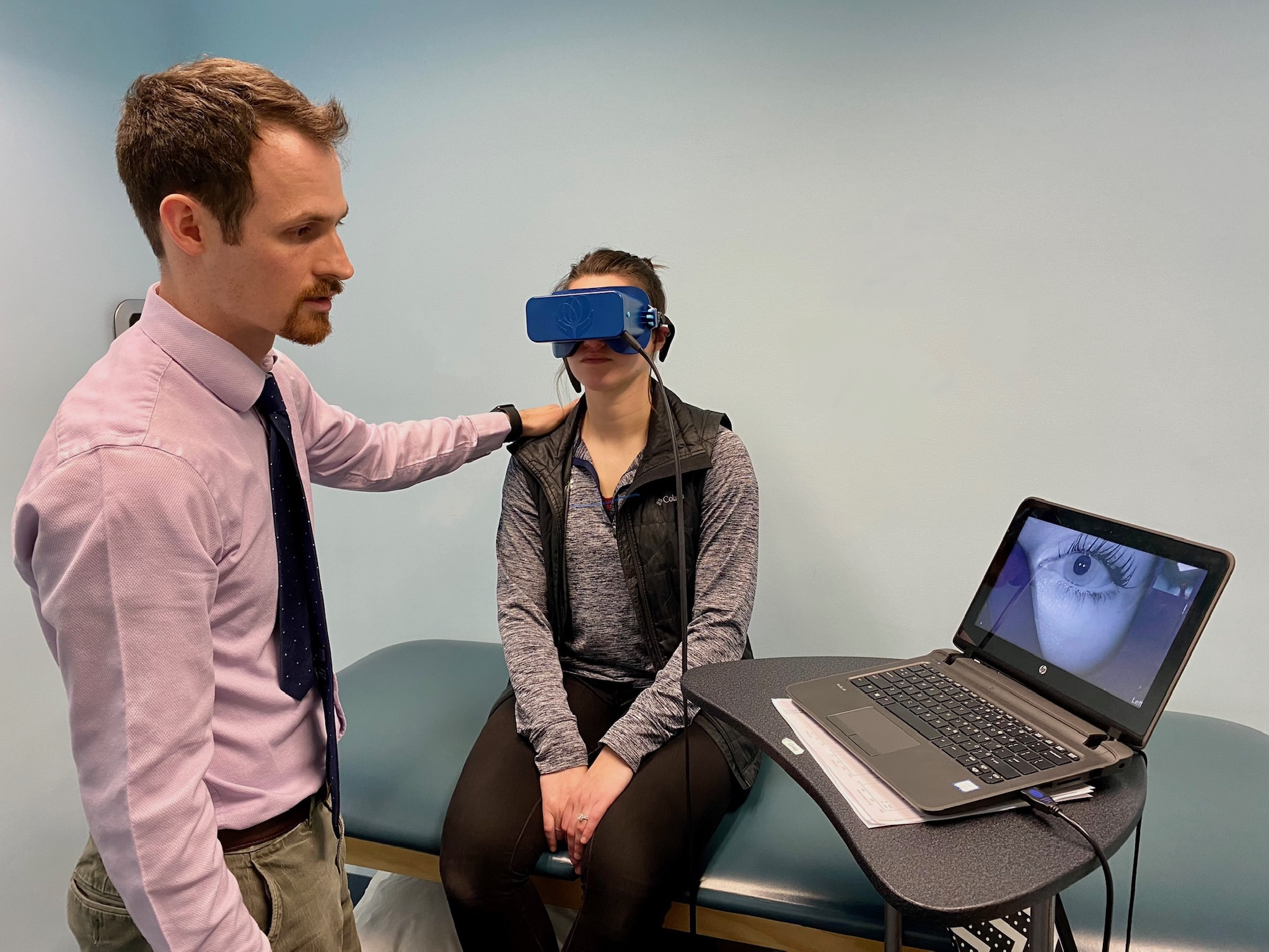
Testing with the goggles is relatively simple. We will place the goggles over your eyes, and while it may feel like you are about to enter a virtual reality world, you will be in the dark. Cameras in the goggles send video feedback to our computers, and we can watch your eyes move. From here, we will do different tests and put you in different positions to see how your eyes move and if it provokes any dizziness.
These goggles give us the most accurate information so we can treat the exact issue you are dealing with. While some balance and vestibular issues can be assessed without infrared goggles, the most thorough assessment includes testing with the goggles.
Dr. Amanda Nguyen, PT, DPT,
WWS Physical Therapy and Vestibular Rehabilitation
Doylestown, PA.
215 -489-3234
Low back pain, #LBP, is one of the most common injuries people experience and get treated for in Physical Therapy. According to a study published by Georgetown University, nearly 65 million Americans report a recent episode of back pain, and some 16 million adults are limited in certain everyday activities due to chronic back pain.

The most common diagnoses of low back injuries seen in physical therapy are osteoarthritis, degenerative disc disease, strains/ sprains, disc herniations, and sciatica. These diagnoses are especially prevalent among people over the age of 40. Often, an X-ray, MRI, or CT scan is needed to confirm one of these diagnoses. However, just because one of these diagnoses is present in the lower back doesn’t mean it is the root cause of pain.
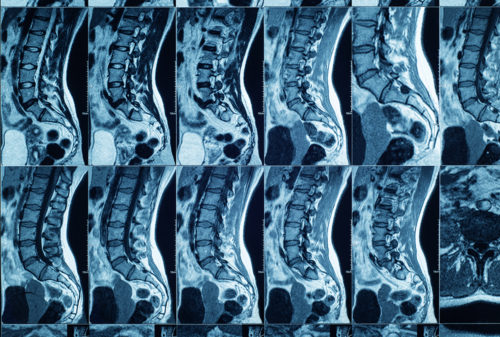
Imaging does not always correlate with symptoms. In a research study published in the American Journal of Neuroradiology, researchers took MRI images and CT scans of spines in groups of people ages 20 to 80 years old without pain. They found that about 37% of the 20-year-olds and approximately 96% of the 80-year-olds had disc degeneration. Researchers also found that among the 20-year-olds, about 30% had evidence of disc bulging or disc herniation, while 85% of the 80-year-olds had it. While the imaging revealed something abnormal about the participants’ spines, they did not report any pain.
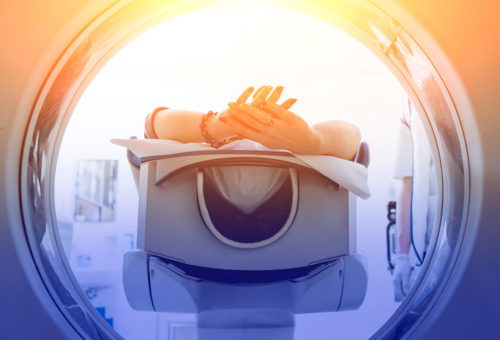
However, some people with one or both of these diagnoses have pain. So, what is the difference if two people have the same diagnosis, but one is experiencing pain, and the other is not?
Even though two people may have the same diagnoses, their presentation is never identical; no two people have the same medical histories, comorbidities, work conditions, personal activities, and habits. As a result of these factors, different muscles are being used more often than others, which leads to asymmetries of the body. If muscles are weak or inflexible, the other muscles of the body have to compensate for those imbalances, which results in improper movement patterns and pain.
If there was no traumatic event like a car accident, odds are the structural change, like the disc bulge, was there long before the pain started. The area could have been irritated with a small movement, but it was enough to cause an exacerbation of symptoms. This is often true when someone suddenly falls or shovels for the first time in the season. The pain may dissipate when this acute irritation calms down, but the same disc bulge or degeneration remains. For some, though, the pain can become chronic and persistent.
In Alie Ward’s podcast “Ologies,” the Dolorology episode, she interviews Dr. Rachel Zoffness, a pain psychologist, about chronic pain. She discusses chronic pain as “a biopsychosocial phenomenon.” Pain is influenced by biomedical (i.e., structural changes to the body), psychology (i.e., trauma, depression, mood), and social factors (i.e., environment, accessibility), and all of these factors should be considered when treating chronic pain.
Dr. Zoffness also discusses the use of opioids for chronic pain. The opioid epidemic has become a major topic because of the many overdose deaths. While these medications can block pain messages effectively, they desensitize the brain to pain and the effects of the drug. The brain gets accustomed to the medication and then demands a higher dose to decrease pain and keep it manageable. In another scenario, the pain signals can return with a vengeance if a dose is missed.
Research shows that opioids are ineffective in long-term low back pain, but exercise and activity are effective. For those who have pain with everyday tasks, their brain is very sensitive to pain because of how long pain has been present. The brain is very good about protecting the body, so it sends “danger” messages when doing tasks like unloading the dishwasher, even though they are not dangerous. So small bouts of exercise and activity lead to desensitization of the body and reteach the brain that these tasks are normal.
Addressing the mental state is also important when dealing with long-term pain. If someone is in a bad mood or stressed out, pain can be more intense due to the brain chemicals released when he or she is not feeling good. For instance, when you’re not feeling well, your body feels so much heavier and achy. Exercise can release endorphins and dopamine to boost mood and make you feel good.
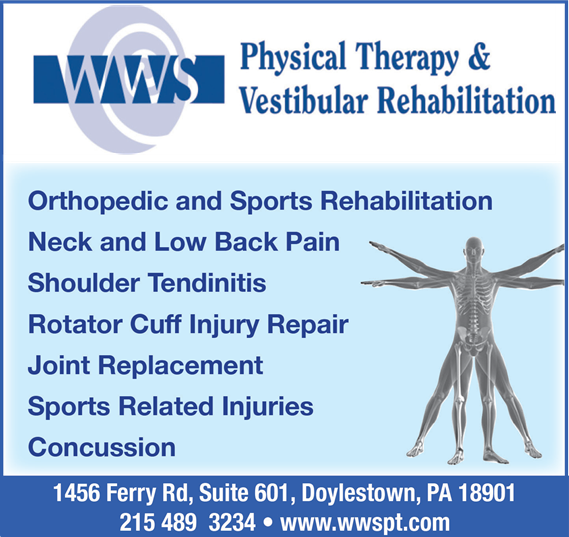
So, what exercises or movements are appropriate for back pain? Physical therapists are movement experts and will be able to evaluate and assess your pain. Many of the diagnoses listed earlier are treatable with physical therapy, but at WWSPT, we don’t just treat the diagnosis; we treat the person. We will evaluate your movement, strength, and flexibility. We will take into consideration your past medical and social history. From that information, we will develop a plan for you to become pain-free and return to your prior level of function.
Dr. Amanda Nguyen. PT. DPT,
WWS Physical Therapy and Vestibular Rehabilitation
Doylestown, PA.
We strive to provide an environment of recovery and healing for our clients, to allow them to advance their health and return to function, recreation or sports. It is our belief that Physical Therapy is the initial link in the healthcare system for Musculoskeletal and Balance related issues and we are the true experts on exercise. We look forward to a long term relationship with our patients and their families over their life span and hope to become their practitioner of choice for acute musculoskeletal issues, neuromuscular issues as well as reoccurring events limiting their Wellness. We want to be a part of our patients Healthy living and Healthy aging.